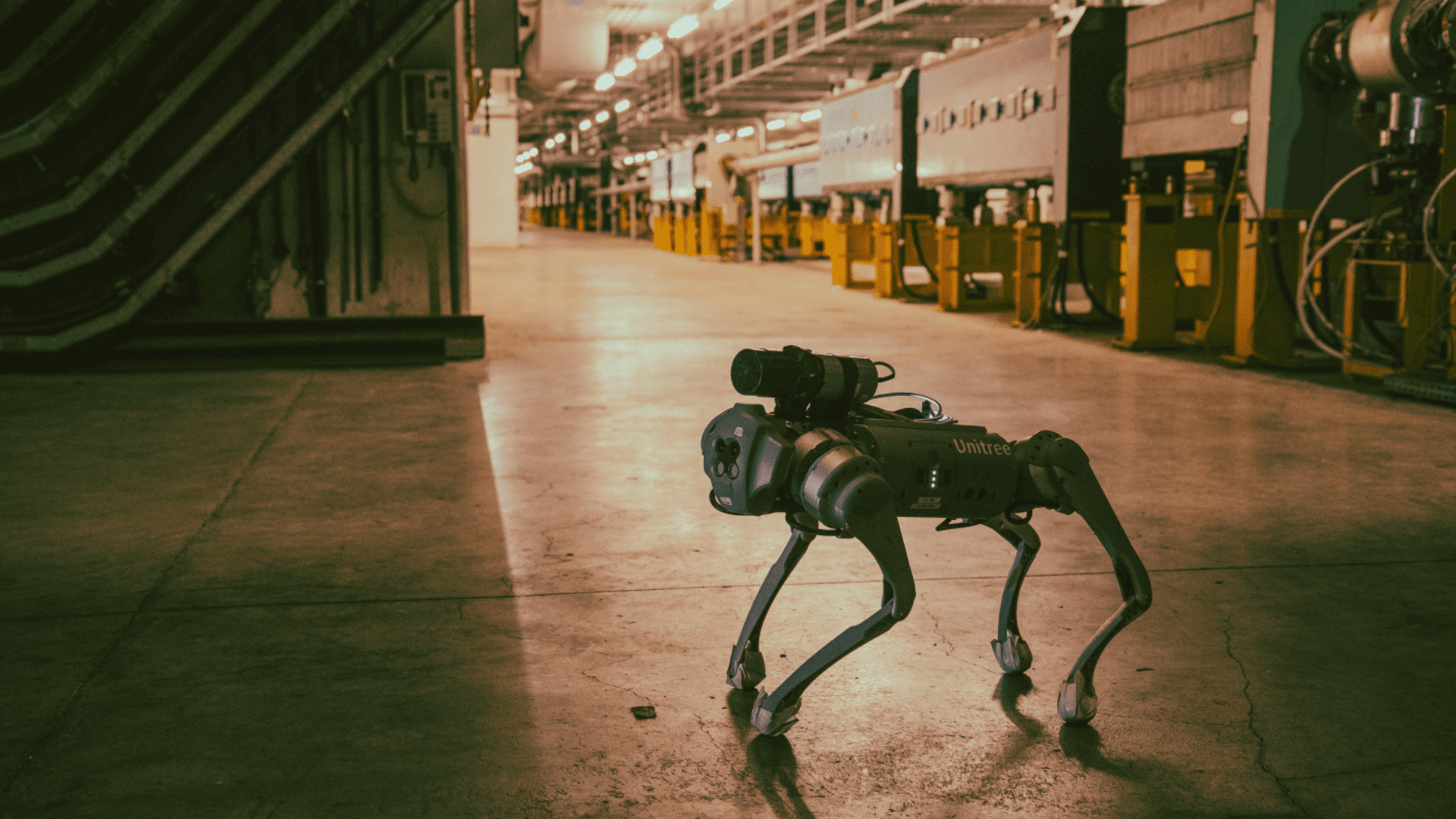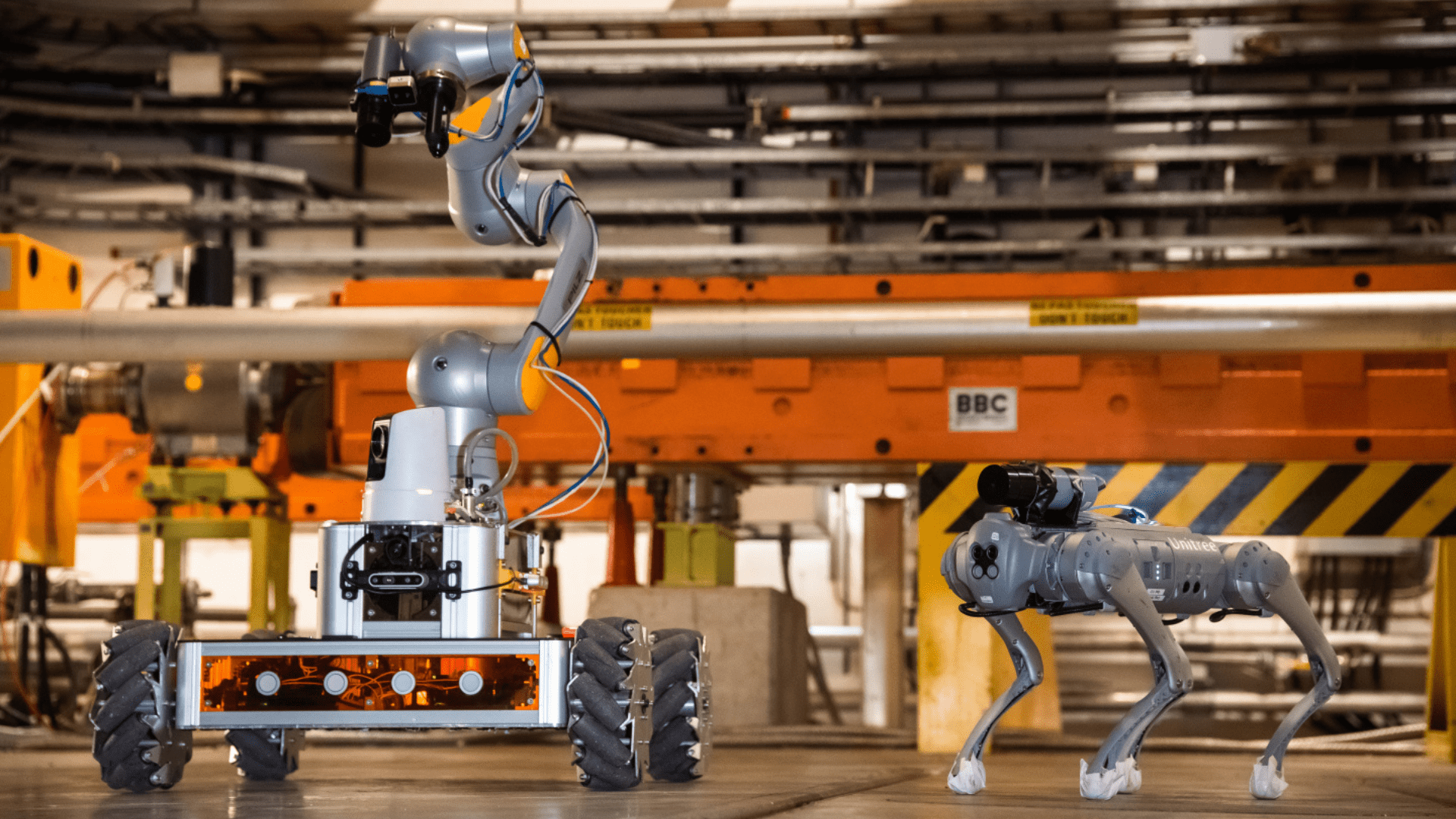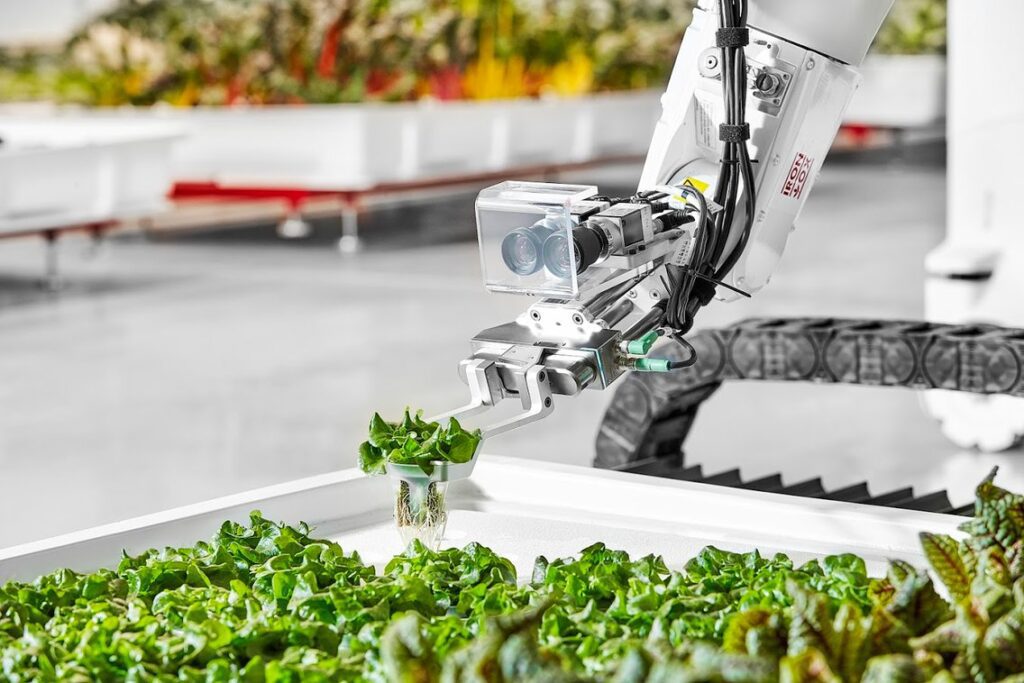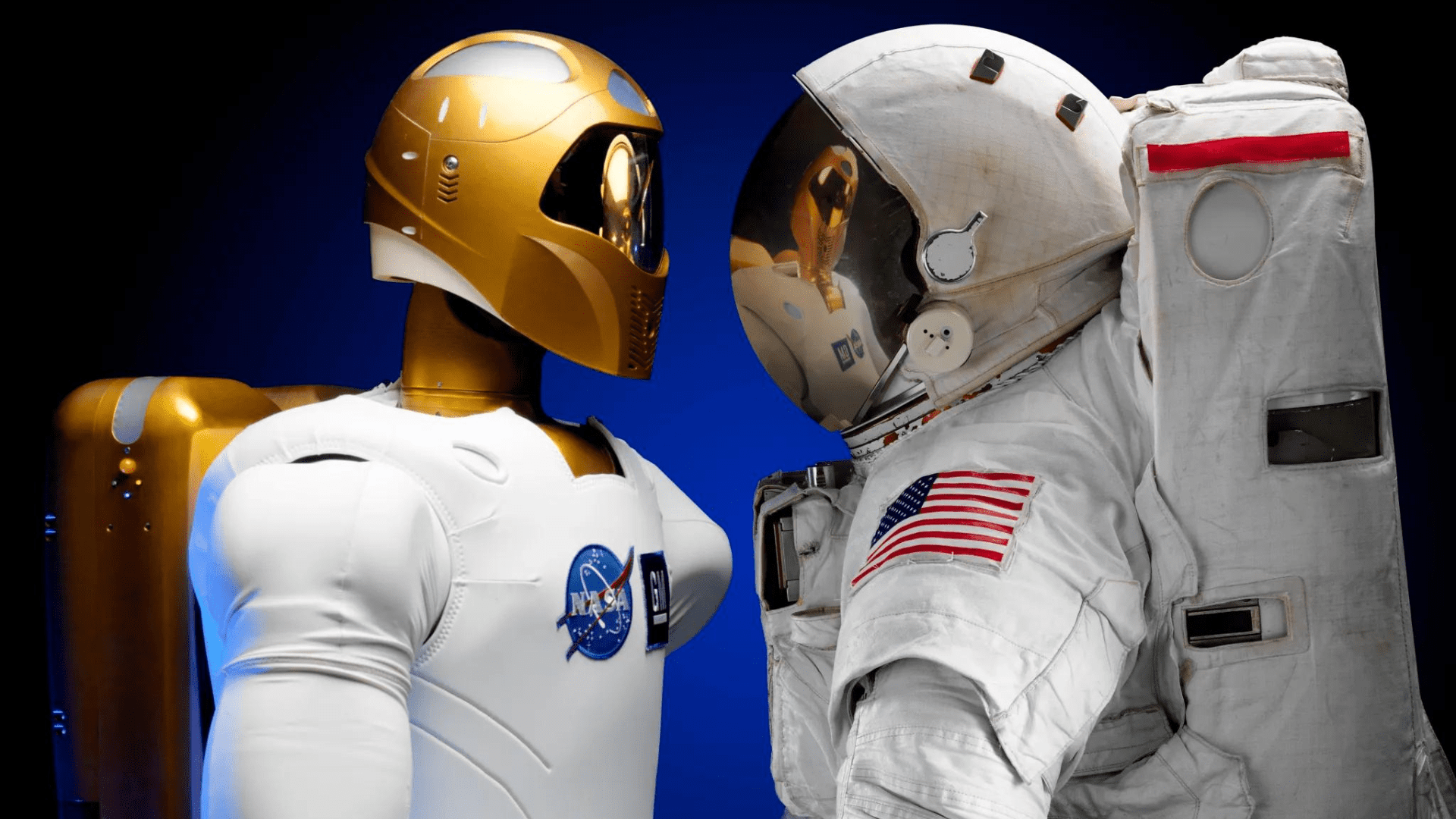A four-legged robot dog successfully passed a radiation test, a significant milestone in enhancing robot exploration. Inside CERN’s facilities, the cutting-edge robodog, CERNquadbot, completed its first radiation protection test. Their goal is for more “adaptable and agile” robotics to navigate difficult environments.
CERNquadbot

CERNquadbot is from Building 937 in CERN’s laboratory, where the most advanced robots are developed. The quad-bot stands out against the others though. Unlike the robots before it, CERNquadbot navigates through areas on legs and not on wheels. The robotics company says this gives the walking robot stability, especially through uneven or cluttered terrain. Engineers emphasize the importance of having a robotic dog and explain how it can navigate through their radiation test. Chris McGreavy, a robotics engineer at CERN said, “There are large bundles of loose wires and pipes on the ground that slip and move, making them unpassable for wheeled robots and difficult even for humans.”
Versatility
CERN is proud of the quad-bot’s versatility in complex environments. But, CERNquadbot goes beyond the ability to navigate through intricate paths. Because it’s equipped with “advanced control algorithms,” the robodog can monitor the conditions of the environment they are in. While it’s monitoring, it can detect anomalies in any given place. For example, the robotic dog can detect water or fire leaks. McGreavy explains that this is a critical role for the robodog, “They can identify water or fire leaks and other incidents, such as false alarms, in a timely manner, all of which can significantly impact the operation of the machines in the caverns and tunnels.”
Explore Tomorrow's World from your inbox
Get the latest innovations shaping tomorrow’s world delivered to your inbox!
I understand that by providing my email address, I agree to receive emails from Tomorrow's World Today. I understand that I may opt out of receiving such communications at any time.
Complementing Counterparts

CERN creates a lot of robots in their lab. Of course, the CERNquadbot hit a major milestone that others couldn’t but they work together. Each robot has capabilities that make them unique. For example, the Train Inspection Monorail (TIM) is on a track that navigates from above while the CERNquadbot can go below the ground in unexplored territory within the facilities. While the TIM is used for longer distances without charging, CERNquadbot can monitor local areas, that TIM cannot reach, to collect information. McGreavy describes their relationship as “symbiotic.”
Revolutionizing exploration
The newest test shows the robot dog can access previously unexplored terrain within CERN’s laboratory. This translates to the CERNquadbot being able to explore difficult elements outside of the facilities that its predecessors cannot. The company believes the robot dog’s boundaries are limitless. They want to revolutionize exploration with its stability, versatility, and agility. This breaks open new possibilities for the future of robotics and the places they can go.






